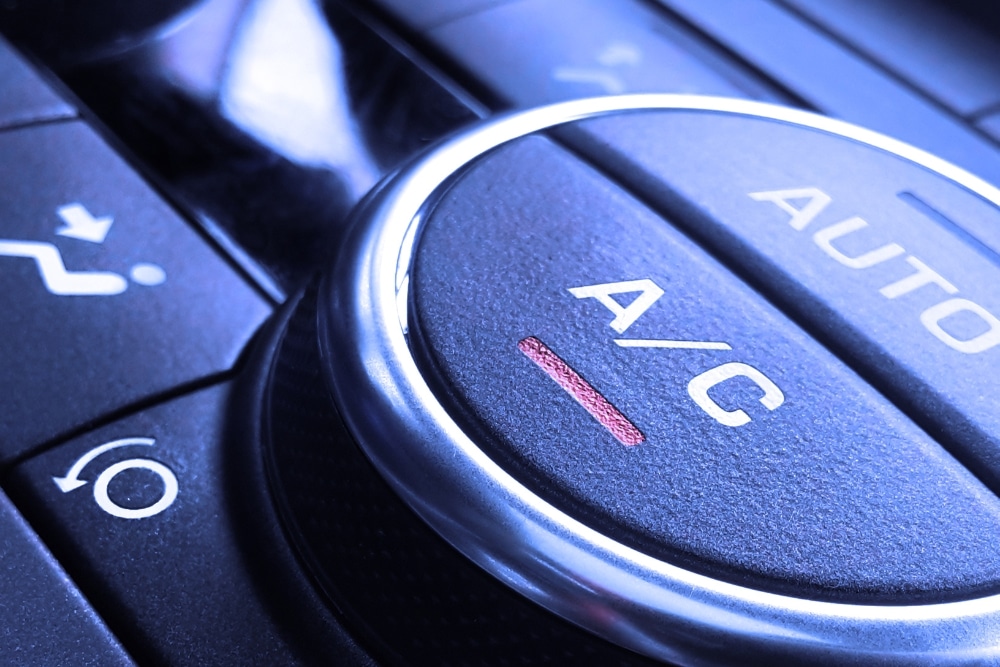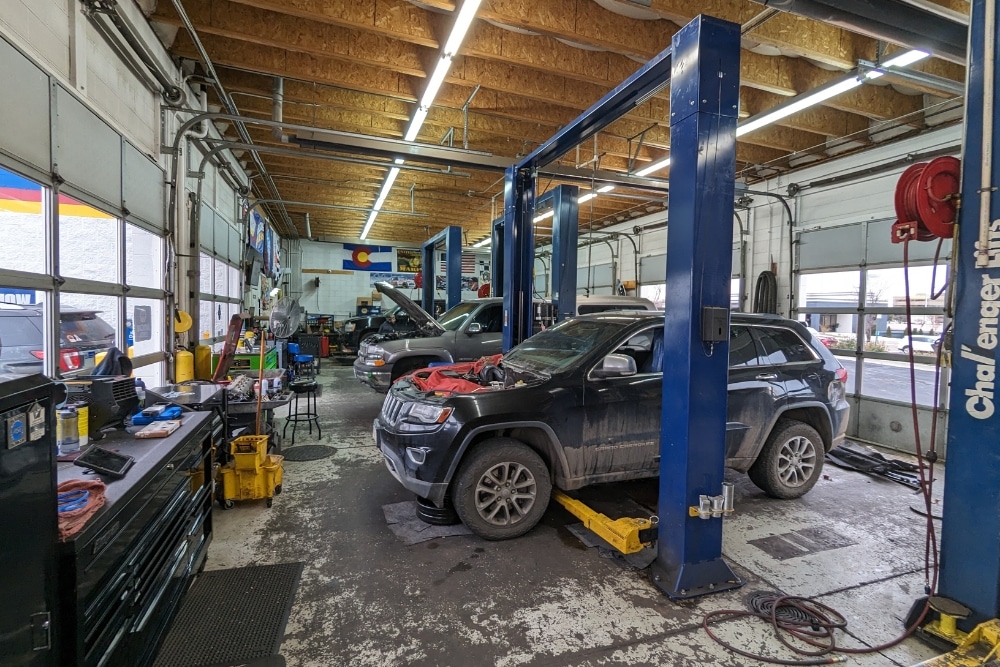Here’s What to Do When Your Car Overheats

Modern vehicles have advanced cooling systems with electric fans and heat sensors that keep the engine running in any weather conditions; however, overheating still happens due to other reasons unrelated to the weather.
Don’t panic if you see steam coming from your hood in typical weather. Read on to know what steps to take to ensure your safety and protect the engine from severe damage.
What Causes Engines to Overheat?
Several factors cause engines to overheat. Generally, overheating is a sign that an issue within the cooling system prevents the heat from leaving the engine compartment.
Some common issues are a faulty radiator fan, congested coolant hose, a leak in the cooling system, or a broken water pump. Driving during hot weather in stop-and-go traffic can also distress the cooling system.
What Are the Signs of an Engine Overheating?
When engines overheat too much, it can cause irreversible damage or total engine failure. It’s therefore essential to cool off the engine before it gets to this point.
Some symptoms of overheating you need to look out for include:
- Steam coming from the under the bonnet
- The temperature gauge on the dashboard moves to “H” or turns red
- An unusual smell from around the engine. Leaked coolant has a sweet smell, but leaked oil smells burnt
If you notice these signs, it’s time to visit a car service center or a mechanic shop.
Steps to Take When Your Car Overheats:
1. Switch off the A/C and Turn on the Heat
Switching off the A/C minimizes stress to the engine while maximizing the heat directs it away from the engine into the passenger side. Although it may be uncomfortable, it will be worth it.
In some cases, this may be enough to control the heat. If you’re driving on a highway or a remote area, these steps will help maintain the heat until you’re able to stop for help.
2. Pull Over at a Safe Place
Once you get to a safe location, pull over and turn off the car for about 15 minutes. Keep checking the temperature gauge or warning light, the gauge should start moving to neutral, and the light should go off as the engine cools.
As you wait, search for an auto repair near me, or call Express Auto Repair & Service.
3. Be Patient
4. Check the Coolant Level
When the hood cools down, you can safely open it. If there are no leaks, the coolant level may be low. Adding some coolant will prevent overheating, but if the issue is a broken water pump or radiator, it will not make a difference.
If you can identify or differentiate the engine parts, put on gloves and check the radiator cap. You can check the owner’s manual if you need guidance.
Upon locating the radiator cap, cover it with a towel, and then push it down. Use a quarter turn to release the accumulated pressure before fully opening it, and then pour the coolant in slowly. Add half water and half antifreeze till it gets to the line indicating “Full.”
There’s an overflow reservoir on the radiator’s side made using clear plastic; add coolant there as well.
Return the radiator cap and switch on the engine. You can now drive cautiously if the gauge resumes the normal position or the warning light goes off.
How to Prevent Overheating
The most efficient way to prevent overheating is to flush or replace the coolant regularly. Routine inspections and auto maintenance ensure any potential engine or radiator issues get addressed on time.
Is your engine overheating? Get in touch with Express Auto Repair & Service and get the services you need from industry experts.
Related Posts

What Happens During a Professional Car A/C Service? Behind the Scenes at Express Auto Repair
Subaru Check engine light on? Get expert engine light repair in Colorado Springs at Express Auto Repair. Fast,

Is Your Car’s A/C Ready for Summer in Colorado Springs? Signs It’s Time for Service
Subaru Check engine light on? Get expert engine light repair in Colorado Springs at Express Auto Repair. Fast,

Urgent Repairs? Get Flexible Car Financing at Express Auto Repair Colorado Springs
Subaru Check engine light on? Get expert engine light repair in Colorado Springs at Express Auto Repair. Fast,

How 2025 Tariffs Are Driving Up Auto Repair Costs in Colorado Springs
Subaru Check engine light on? Get expert engine light repair in Colorado Springs at Express Auto Repair. Fast,
